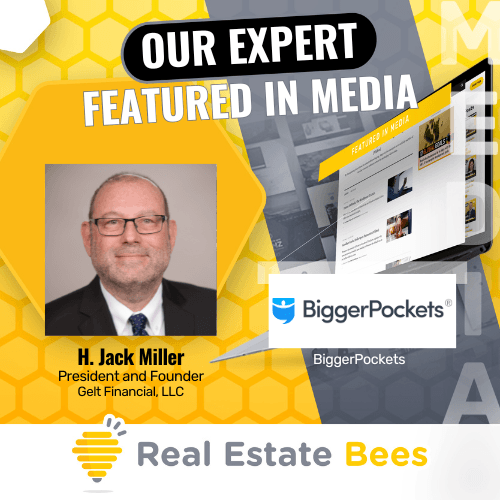This Is Exactly How Debtor-in-Possession Financing Works

DIP Financing As It Correlates To Bankruptcies
When a corporation, company, or business files for Chapter 11 bankruptcy, it doesn’t necessarily mean that it’s “game over”. Chapter 11 works by reaching out as a lifeline for a company in financial straits, allowing for reorganization instead of liquidation—a second chance. Financially distressed companies move through the courts to gain approval for DIP financing, and when the DIP financing is approved, the business will then have the liquidity to continue its operations.
The credit that was established within the bankruptcy court that approved the company’s DIP loan will not be subject to legal challenge. Because of this, Chapter 11 bankruptcy courts and laws offer certain protections over companies that other loans cannot, making Debtor-in-possession financing the safest avenue for most. The jurisdiction of the bankruptcy court allows lenders to take a position of seniority in the financial and business assets of the company in question.
Why Debtor-In-Possession Financing is Issued

DIP financing must keep the business in operation until the business sells as a going concern, which means that liquidation becomes imminent. However, for some companies, liquidation isn’t always the sure-fire conclusion to their financial difficulties. With DIP financing, which introduces a strict DIP budget and the lenders enacting a financial watchdog method, even a company in dire monetary plights can find their way out to a brighter future—but of course, DIP financing is offered to companies where this is a viable option.
It’s also during the time as the business takes the funds to pursue its operations that it should also consider an exit strategy. While the DIP financing is in place, day-to-day functions can continue, but thinking about what happens if liquidation is inevitable can prepare the company to formulate a plan.
Once a corporation has secured its DIP financing, notifications of its financial position are sent out to its vendors, suppliers, customers, and anyone else involved in the company’s day-to-day business dealings. This allows the company’s network to know that despite its ongoing reorganization and past financial stress, the company will still be in business and making payments for their goods and services.
Getting down to the nitty-gritty of the details, DIP financing works by being funded via term loans, which are subsequently funded through the Chapter 11 bankruptcy process. These loans are funded in full, and this, in turn, means higher interest costs for the debtor. Part of the DIP financing process requires that not only the debtors inform vendors, suppliers, and customers of their situation, but also to agree to a DIP budget, which will track company receipts and other expenses, as well as net cash flow.
It’s important to seek out the right lender for DIP financing because this type of lending is a time-consuming process that spans throughout the entirety of the bankruptcy period. It demands that the lender evaluate, analyze, and produce DIP budgets to adhere to a strict financial schedule, to follow and track receipts, expenses, and company net cash flow, as well as keep an open line of communication for all of the company’s business dealings with customers, suppliers, and vendors. But for most companies, DIP financing is as rigorous as it is effective, and if the bankrupt company sticks to the stringent financial requirement, just may turn it around for a better future and a fresh financial start.
Contact Gelt Financial today for your DIP Lending needs at 561-221-0900!















